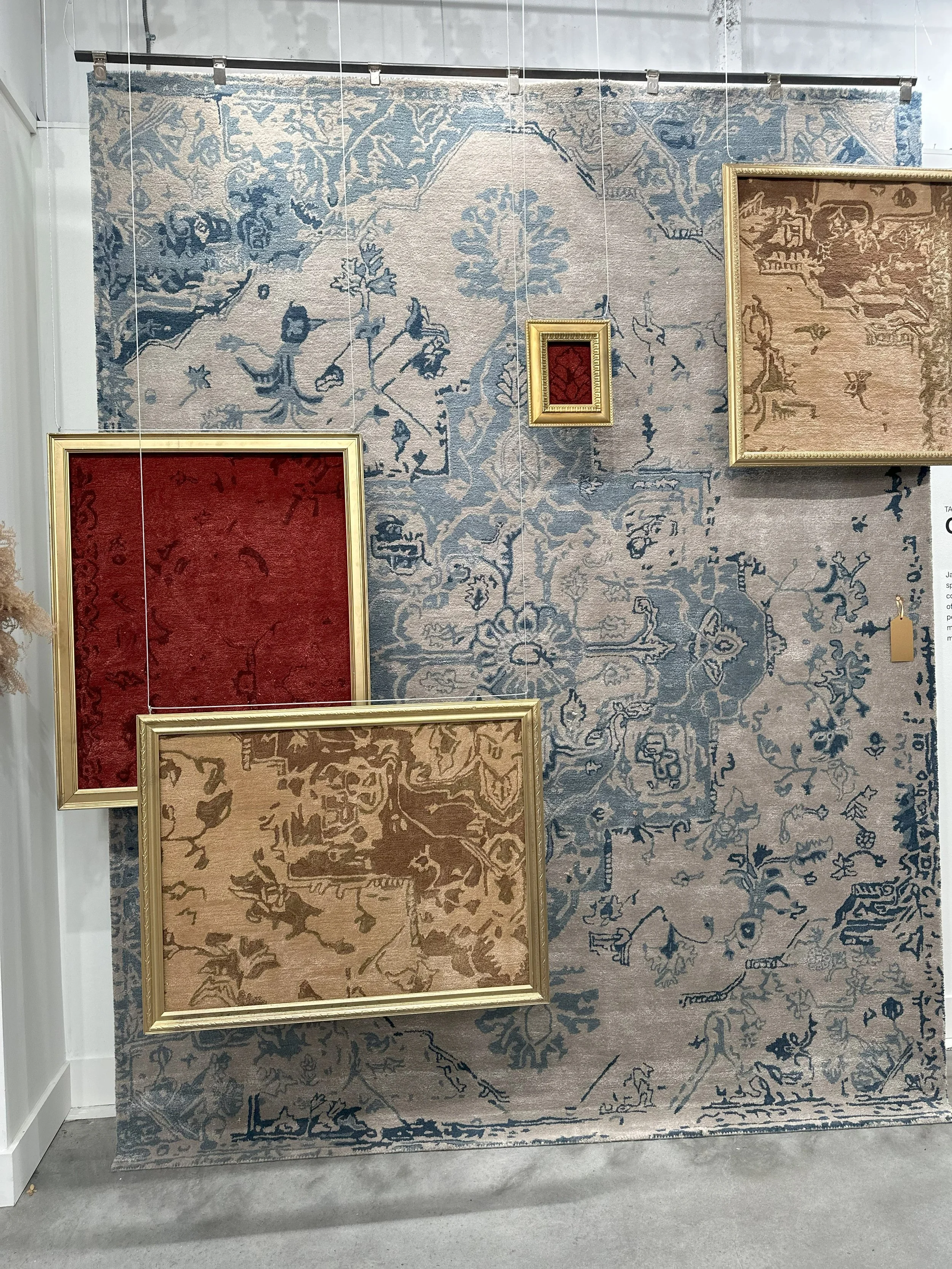Welcome to the Department of Redundancy Department, where a small business owner repeats the same administrative tasks daily, weekly, monthly, and yearly. From turning the lights on to start your day to turning them off at day’s end – and everything in between – it’s trying to be the boss. This is especially true if you’re a hands-on and/or a micro-manager type of boss.
This begs the question of whether you should automate your workflow to reduce all that redundancy.
Automated Task Management
Thanks to the folks at BusinessOfHome.com, we’ve discovered an exciting way to slough off those mundane, time- and energy-sucking administrative business tasks that can make you wonder why you ever started your own business. This magical task management tool is called Airtable and it's shaking things up in the industry.
“There are a million moving parts to any design project. From presentations to procurement to payment, there is plenty of room for tasks to slip through the cracks. We asked designers to share their favorite tools for keeping all their ducks in a row.”
“Airtable is a programmable database that manages both projects and customer relationships. The platform allows designers to track client information – potential clients, active clients, and even the profitability of each client – as well as purchases for individual projects.”
Can you imagine?
“For Philadelphia-based designer Lucy O’Brien, Airtable is the ‘brain behind her firm, with an administrative hub for internal documents as well as client-facing workspaces for each project, with separate tabs for each room, construction documents, and paint schedules. ‘This platform has the clarity of Excel spreadsheets but enables you to upload pictures, documents, links and so much more into the cells,’ says O’Brien.
“’ That feature was one of the main reasons I finally stuck with Airtable – so many of the other systems I tried did not give the overall organization and document storage I wanted in a visual way that felt clean and organized.’”
Simplify Your Workday
According to the Airtable website: “From sending notifications to orchestrating cross-functional work, Airtable automations are a powerful rules engine that can help you and your team stay connected.”
From the simplest to the most complex, the platform offers simplified steps to help you manage workflow seamlessly and efficiently:
Quickly and easily create Airtable automations using a simple, drag-and-drop builder.
See how automations can help save you time by eliminating redundant tasks and streamlining your work.
Connect automations to your most important tools to create a seamless, cohesive workflow.
And, amazingly, “A free plan is available to start but increases to $45 per month for the most sophisticated plan, which offers perks like storage of 100 gigabytes of attachments.”
Ted remains available for business consulting to the trade and as a potential guide for the use of AI business support platforms for designers and furniture dealers. If you’d like to chat with him about your design business needs, simply… Contact TD Fall today.






